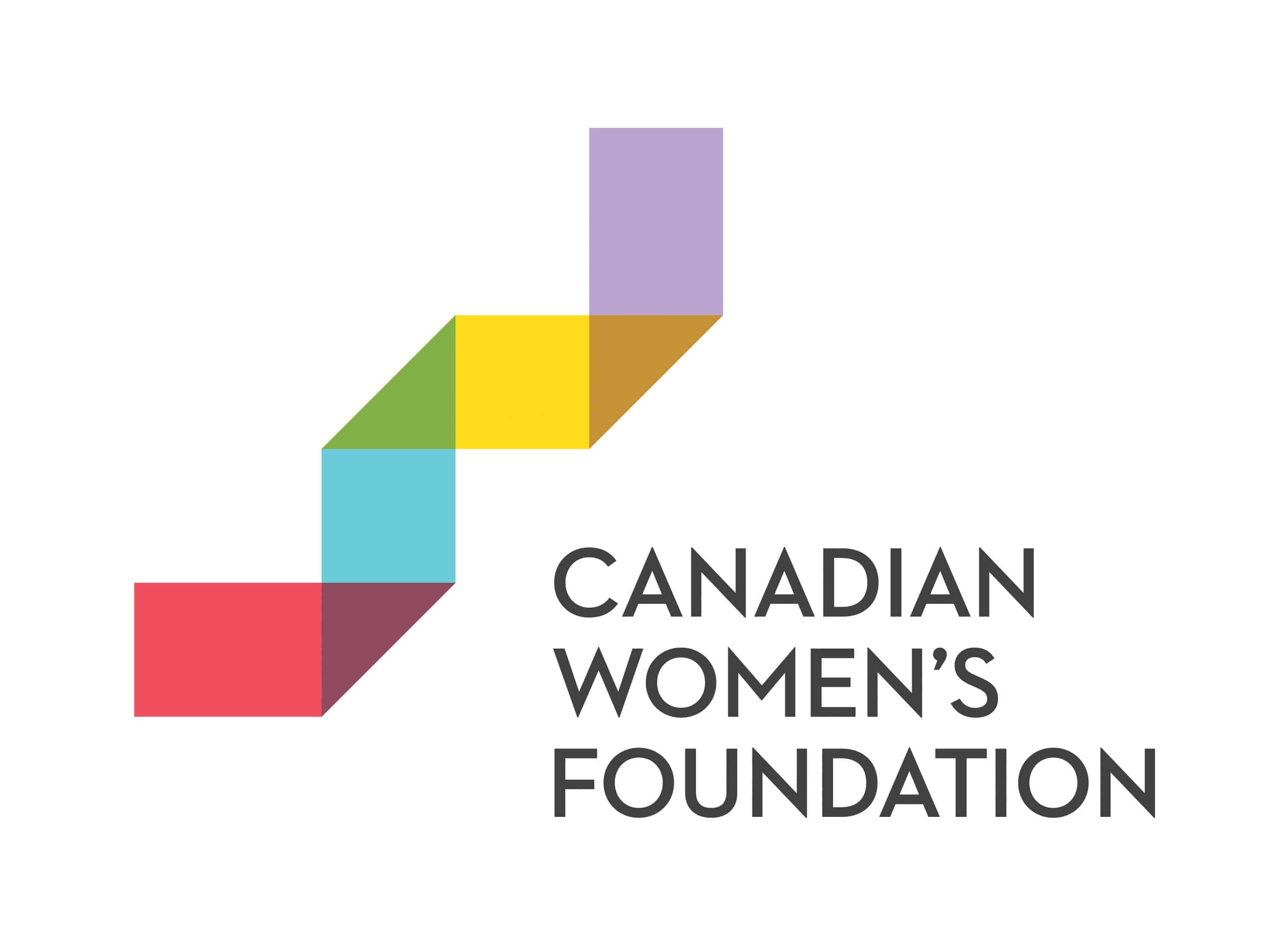
Today, women can legally vote, go to school, become doctors and lawyers, and run for political office. Women can, in theory, do whatever and be whoever they want. But in government and business leadership roles, there remains a significant gap between Canadian men and women.
Women continue to be underrepresented in government
Since 1921, when Agnes McPhail was elected, women in Canada have been represented in the House of Commons. Kim Campbell, our first and only woman Prime Minister, led the country over 20 years ago (albeit not for long) and technically, our head of state has been a woman since 1952, when Queen Elizabeth II took the throne.
In 2015, women in politics reached historic milestones. Canadians elected a record 88 women to parliament and Prime Minister Trudeau appointed the country’s first gender-balanced cabinet. Women now make up 26% of the House of Commons, filling more seats than ever before. This is progress, but it’s not equality. To be truly reflective of the Canadian population, the proportion of women should be nearly double that – at least 50%.
In fact, between May 2015 and 2016, Canada actually plummeted 14 spots in a global ranking of women’s equality in National Parliaments. According to the Inter-Parliamentary Union, Canada fell from 47th to 62nd place, lagging behind Rwanda, Mexico, Afghanistan and South Sudan.
Equal Voice, a Canadian organization working to get more women elected to all levels of government says that women usually make up no more than a quarter of elected officials. To fix the deficit, the organization advocates for empowering more women to run for leadership positions – something they’re hoping to do with Daughters of The Vote, an initiative that aims to familiarize young women with the workings of Parliament.
Parliament Hill isn’t the only place where the gender balance is wobbly; it's unbalanced in Canada’s business sector too.
Leadership in corporate Canada is still dominated by men
Despite making up 48% of the labour force, Statistics Canada data shows that women hold 35% of management and 33% of senior management positions. Only 8% of the highest-paying executive positions in Canada’s largest publically traded companies are held by women, according to a recent report by Rosenzweig & Company.
And while they have steadily climbed the corporate ladder in recent years, women make up just 19.5% of board members at Canada’s FP500 organizations, according to the Canadian Board Diversity Council.
Among companies listed on the Toronto Stock Exchange, the gap shrinks a bit, with women making up 22.6% of board members among the 60 biggest companies – a 2.5% increase since 2013. But when you look deeper at the diversity among those women, the Canadian Board Diversity Councils’ 2015 Report Card suggests that only 1.1% are from visible minority groups.
There’s ample research indicating that diverse leadership is linked to better performance for companies. But focusing on the financials can overshadow the fundamental human rights issue: gender inequality is pervasive in the business and finance worlds. And it’s not for lack of education or skill.
Women are more than qualified to lead
The imbalance of women in corporate and government leadership may be due to myths about their qualifications or experience. But, according to Statistics Canada, when compared to men, women are more likely to earn both university degrees and college diplomas. They also tend to receive higher academic scores in the process.
This Canada Day, we’re celebrating the advancements women have made in this country, while still recognizing how far we have to go. Women are taking all the right steps to develop the skills and knowledge they need to lead in politics and the corporate world. It’s time for our business and government to step up and embrace workplace diversity and inclusive leadership.
Learn More
Take Action
- Take the pledge to join GEN1 and help build the first generation free of violence against women and girls.
- Sign up for our e-newsletter to have our latest stories and resources sent to your inbox.
- Follow us on Facebook and Twitter to join a national conversation on gender equality.








